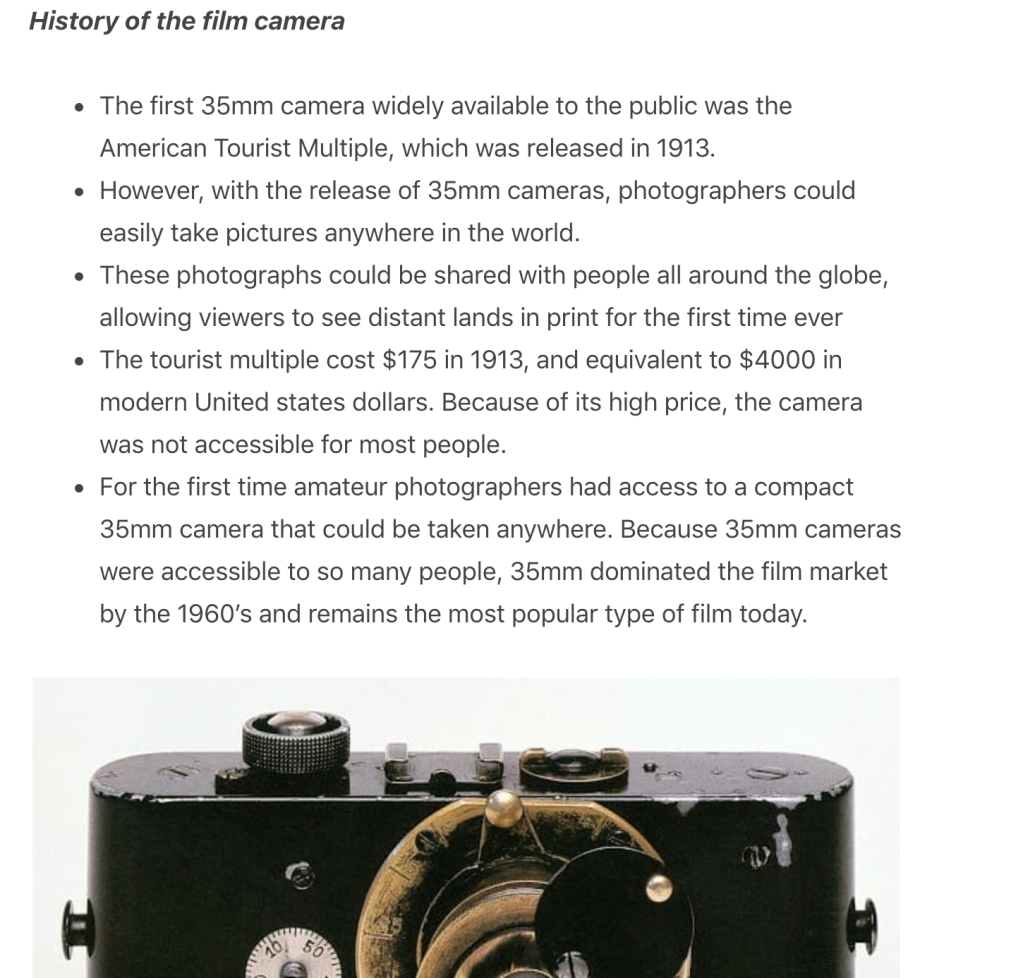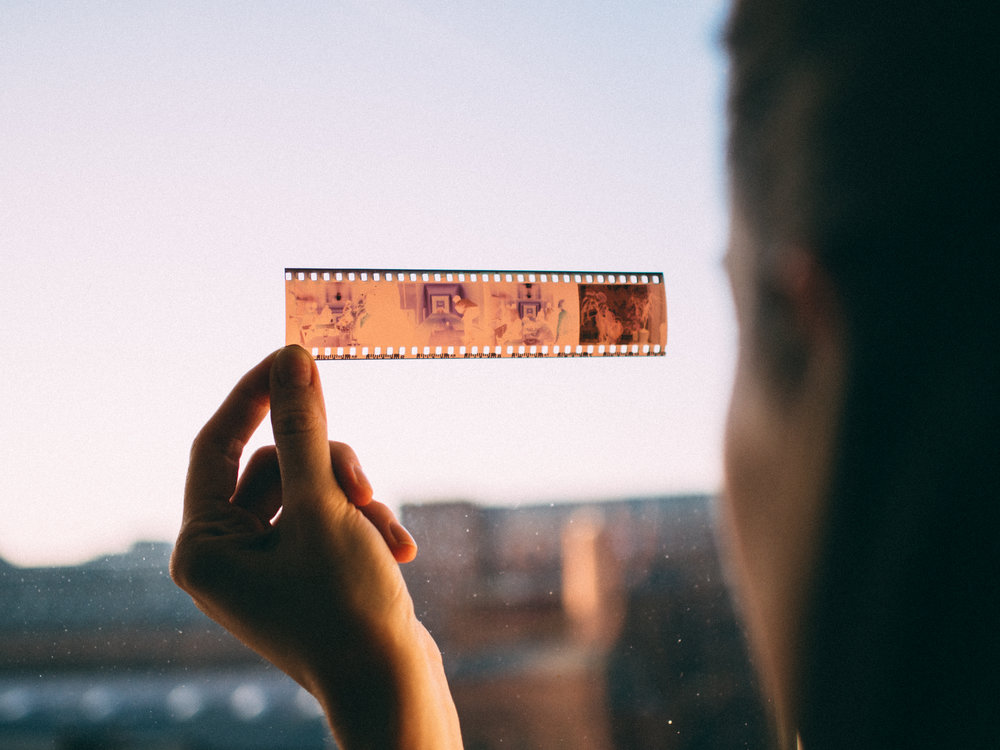Monsters. If it’s not a monster you dream of being, it’s a monster you close your eyes too, repeating ‘its not real its not real.’ As a kid, I sat back as my parents laughed and laughed at the movie ‘The Grinch Who Stole Christmas’ and wondered how they could be laughing ? This man, this monster, this green figure really scared me ! growing older i now see the humor behind it, however as a kid with less understanding of the whole picture, it spooked me.

The Grinch is depicted as a pot-bellied, furry, pear-shaped, snub-nosed creature with a cat-like face and cynical personality. His personality represents people who are unwilling to join the society and act respectfully, due to ignorance or bitterness. Due to these traits he is seemingly unpopular in the local village called “Whoville”, as a result he has isolated himself at the top of a mountain, where he lives. “Mt Crumpit”. A scott Myers blog depicts him perfectly as “a christmas- loathing reclusive monster, in a desperate need of love to inflate is underdeveloped heart”(Myer, 2014)
Throughout the movie, Dr. Susse uses many metaphors which describe the grinch or what people think of him. “You really are a heel” is used to suggest the grinch is a dishonorable man. His lack of community and care for it, places him in a category in which people willingly choose to segregate him from their lives. He is most certainly set up in the beginning to be the bad monster. The Grinch initially is disturbing the idea of happiness and celebration for the people of whoville, with his threat to take away christmas. He didn’t understand Christmas, and why those who knew how to experience joy and happiness around others loved it so much, another elimination which segregated him from humanity. To begin his story and how it came about he entered this life, the Grinch is seen to be left at the front door of someone’s house, suggesting he was unwanted. It can be argued that his appearance itself was seen to be a disturbance, he was segregated so he did not have to be dealt with, people were unsure of him from the beginning, their resentment and judgment ultimately shaped his own perception of himself and his relationship with humans.
In terms of the Grinch being labeled in a similar way to animals, he is compared to a Skunk at one point, “you’re a nasty wasty skunk” a quote taken from the theme song of the movie. This example links to an animal within society that no one wants to get close to, as it is capable of making a situation extremely unpleasant to be in due to the awful smell it can at times produce. The Grinch’s livelihood was inhuman in itself, eating rubbish essentially as his food. His lifestyle as such is one factor which pushes people away from him more, and quite possibly the smell of him as a result … skunk-like smell i should say. With this in mind, I think the message of ‘not judging a book by its cover’ comes into play. In society there are many groups linked to race, sexuality, religion etc. that are marginalized. If the Grinch however was accepted at first by those who found him, he may not have had the mindset he had for 50 years of his life. If he was accepted as a small infant his heart would have gained love from an early age, therefore the cycle of hatred towards Whoville for essentially pushing him away would be broken, and he wouldn’t act the way in which he does act towards them in the movie.

Towards the end of this movie, our monster friend the Grinch turns his point of view quite drastically. The drastic change of view presents the idea to the audience that this monster may be more similar to humankind than we thought. After the Grinch’s attempt to take away Christmas from Whoville, he realized that they come together, despite the fact of their decorations and presents being destroyed… it was then he realized that “Christmas perhaps means a little bit more”. The realization of togetherness and love for one another swamped his mind, further leading him to save Christmas for the Whos. The Grinches eye color changed from red to blue, a way in which the director symbolized change within the monster’s heart and soul, which connected him more to human kind. A report written by Lock Haven University suggests reasons in which the Grinch’s attitude may have changed. “ The Grinch experienced from the Whos a sense of belongingness and love that he has never known…..he gives back all the presents and decorations and functions harmoniously with the whos.”(Maslow, 2003)
While we all want to hate monsters like the Grinch at the beginning of a movie, it’s a common theme in which directors are using, which allows us at the end of a movie to understand them more in ways we would a human. We therefore connect the traits they posse in a more humane way, getting us to believe that monsters too make mistakes like humans, and we learn to forgive and forget, ultimately resulting in an audience – character relationship to be formed with our monsters.
Resources:
Maslow, A., 2003. AP Psychology: How the Grinch Stole Psychology Class | AP Central – The College Board. [online] AP Central. Available at: <https://apcentral.collegeboard.org/courses/ap-psychology/classroom-resources/how-grinch-stole-psychology-class#:~:text=Abraham%20Maslow’s%20Humanistic%20Approach%20Applied%20to%20the%20Grinch&text=Belongingness%20and%20Love%20Needs%20%E2%80%94%20the,affiliation%2C%20affection%2C%20and%20acceptance.> [Accessed 31 March 2022].
Myer, S., 2014. Great Character: The Grinch (“How the Grinch Stole Christmas”). [online] Medium. Available at: <https://gointothestory.blcklst.com/great-character-the-grinch-how-the-grinch-stole-christmas-5f601d8a6941> [Accessed 31 March 2022].




